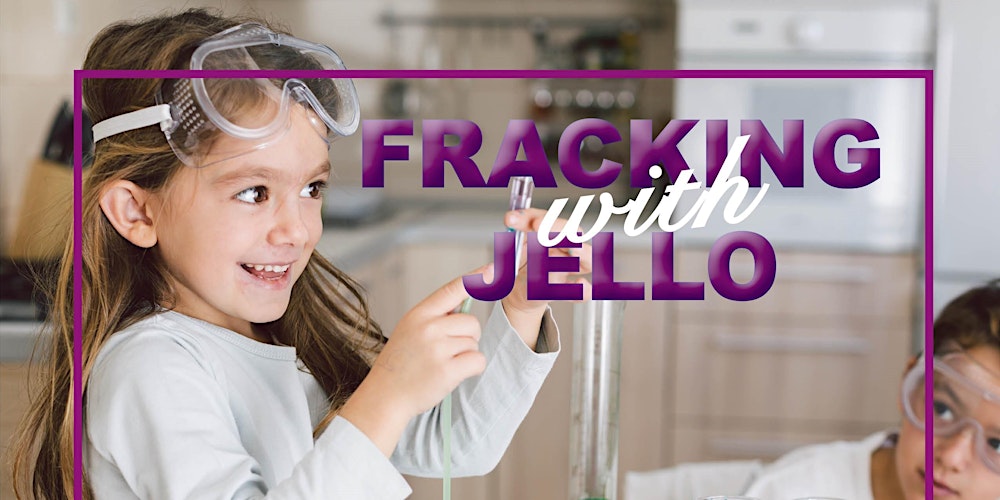Accessing Google Meet for the First Time
Yesterday, our principal let you know that the Calgary Board of Education’s was activating Google Meet and Google Classroom to enable teachers and students to better connect with each other. This email outlines what to expect as we begin setting up times to connect with our students over the coming days.
Google Meet
Google Meet is a video conferencing application that enables us to host and our students to join organized ‘meetings’ in real-time. We can also record meetings and make the recording available to students to view at a later time. We are able to share their screen and guide students through tasks and/or documents and websites they wish to share.
Students will access Google Meet using their CBE Gmail address (username@educbe.ca). As we begin to use these teaching and learning tools, we will work with our students to help them understand both the benefits and risks in using online tools.
First Google Meet Meeting:
We are planning to have our first Google Meet meeting on Thursday, April 2. On regular school days starting next week, teachers will be available on Google Meet between 8:00 and 10:00am. The link to meet will be posted on our blogs and will be emailed to students. Please click the link for your teacher. Parents have been emailed their child's Gmail address and password. If you need your child’s email address sent to you, please email us to ask.
This first meeting will be a chance to connect through a video chat and reconnect after being away from the school and classroom. We will also discuss online classroom etiquette.
 Accessing Google Classroom for the First Time
Accessing Google Classroom for the First Time
We will be using Google Classroom as a learning platform as we continue ongoing learning from home. Below is a brief introduction to Google Classroom and how students at Beddington Heights School will be accessing the tool.
Google Classroom
Google Classroom is an online platform that enables us to communicate with our students as well as assign and distribute tasks. Google Classroom gives us the ability work with our students in safe, manageable, and appropriate way. It will also help students manage their work while learning from home.
Students will access Google Classroom using their CBE G Suite ID (username@educbe.ca). As we begin to use these new teaching and learning tools, we will work with our students and their families to help them understand both the benefits and risks of using online tools.
Accessing Google Meet or Classroom for the First Time
Google provides excellent resources to help with signing into Google Classroom and joining a class, along with other supports.
Ongoing G Suite Support
Thank you for your support and patience as we all adjust to ongoing learning at a distance. We will keep you informed every step of the way.
